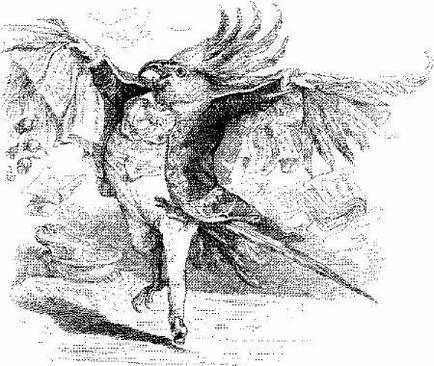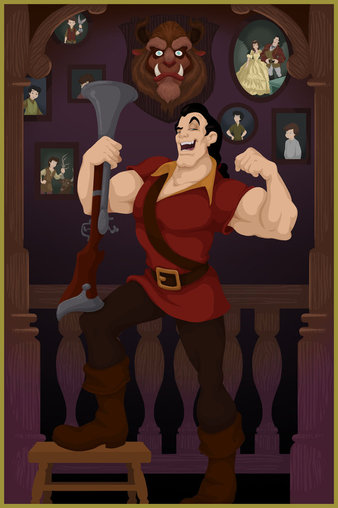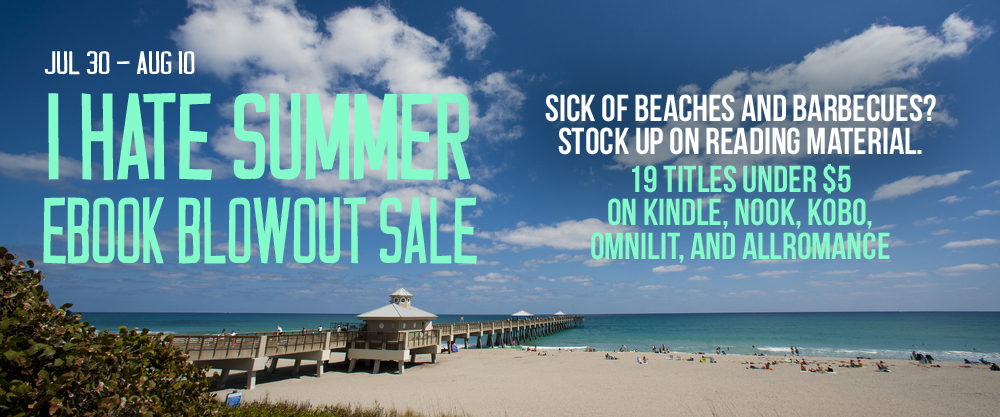|
All ebooks bought from the WWP website are going to be 50% off* July 30 - August 10 when the code SummerSale14 is used at checkout. under $5 until August 10:If you'd rather get your ebooks through Kindle, Nook, Kobo, or OmniLit/AllRomance, check out these ebook sales:
*Discount applied at checkout, excludes Fae and ebook pre-orders.
0 Comments
 By Shannon Phillips. Titania, Tanaquill, Gloriana, Mab: who is the Fairy Queen? Is she "in shape no bigger than an agate-stone" (as Shakespeare told us), or is she a "great Queene of glory bright" (as Spenser wrote)? Does she steal children, handsome knights like Tam Lin--or magic swords? Where does this figure come from, and what is her enduring hold on our imaginations? Interestingly enough, three of the most iconic depictions of the Fairy Queen all date to around the same time period. Shakespeare's A Midsummer Night's Dream was probably written between 1590 and 1596. Edmund Spenser's The Fairy Queene was first published in 1590. And the earliest recorded mention of the Scottish ballad "Tam Lin" was in 1549. Yet, though all three sources describe a Fairy Queen, the characters depicted don't have much in common. Spenser's Tanaquill (also called Gloriana) is an allegory for Queen Elizabeth. Shakepeare's Titania is mostly drawn from classical Greek sources. And the Queen of the Fairies in "Tam Lin" is an enigmatic adversary, powerful and cruel.  By Kristina Wojtaszek. At the time of their origins, fairies were not the winged little Tinkerbells we think of today. They ranged, in fact, from mythical beings, nature spirits and elves to diminished gods and goddesses and even ghosts. None of these creatures commonly had wings, other than the god Apollo and a few mythical creatures like dragons and the pegasus. So how, and why, did fairies get their wings? It all seems to have started in the Victorian era. At that time, advances in science and the growing population resulted in more people living closer together rather than spread out on distant farms. Social and religious conformity also led to the abandonment of many old legends and pagan-inspired beliefs. It was also a time when the general public took more of an educated interest in the natural world, many taking up the respectable hobbies of bird watching and collecting plants and insects. The cultivation of formal gardens meant a kind of taming of the wilderness, so that wildlife could be viewed from a more controlled setting. In this new atmosphere, old beliefs in fearful spirits that could cause trouble to the farming family or those lost in the wilderness began to subside, and instead, became the stuff of children's tales.  By Rhonda Parrish. Oh my goodness. It’s release day. It’s release day! I’m so ridiculously excited to be able to share Fae with the world. Though I’m not a big fan of comparing books to babies, if Fae were a living being, today would mark the ending of one stage of its life and the beginning of the next. On such days it’s normal, I think, to look back at and contemplate what came before. That, and answering interview questions, has got me thinking a lot about some of the stories which were submitted to Fae. While I was reading submissions I remember being struck by two different themes which kept recurring. The first was fairies getting their wings torn off, and the second was female empowerment. Now, given some distance from the stories I can see that actually, those stories might be two sides of the same coin. Before I go on, understand that I’m speaking in generalities here, of course there were exceptions to these ‘rules’ and I’m not suggesting every story about a fairy getting their wings ripped off had misogynistic overtones nor that the stories which had misogynistic themes reflected the writer’s personal beliefs. At all. Okay? Okay.  The much anticipated anthology by Rhonda Parrish, Fae, officially releases this week. On Tuesday, July 22, we'll be hosting a Facebook Launch Party from 7:00-10:00 PM (Eastern Time). Join Rhonda Parrish and the many story contributors as they discuss the creatures of faerie, from hobs to sprites, and seelie to unseelie -- not to mention passing around fairy cake recipes (they're delicious!) and discussing the real-world fairy doors you can find in Ann Arbor, Michigan, and much, much more. Oh, and there will be door prizes. Did we mention the prizes? So pop in on the Facebook event and stay as long or as short a time as you can. Join the discussion, answer trivia, play along, enter to win great fairy gifts, hear about the stories in the anthology from the authors who wrote them and ask them questions about folklore and their inspiration. Ask Rhonda Parrish how she chose stories. Ask Kristina Wojtaszek what the heck a hob is. Find out from Adria Laycraft if there really is an American fae tradition. And please, someone ask Laura VanArendonk Baugh why the heck Indianapolis is obsessed with pork tenderloin sandwiches to the point where her story's setting isn't complete without one . . . or maybe I'm the only one that wonders about that. For your Friday viewing pleasure. Last week on our Facebook page, you may have seen the Harry Potter vs Twilight dance battle (our favorite part was DJ Hagrid). That video's at the end of this post if you missed it, but today we wanted to share some other SF&F dance videos by the same troupe. First off, Storm Troopers -- they're better dancers than they are shots. And not to be outdone, there's some very fun new Star Trek with spot on light effects. Since the narratives connect, we suggest watching them Star Wars Storm Troopers first, followed by Star Trek. The Enterprise Strikes Back:
 By Eileen Wiedbrauk. In an NPR essay, Saladin Ahmed wrote of the lynch pin of epic fantasy world building: the map. For works of second world fantasy, the inclusion of the map once was a splendid means of entry into a new world. Then it became so ubiquitous that yet another tired old map that looked vaguely like Europe with a few extra lumps and bumps neared the status of a joke. I can recall conversations from the past decade when my fantasy-reading friends would hear a certain speculative novel was bland, and they'd immediately ask: "Did it have a map?" A derisive snort followed. Of course, in the decade preceding that, I would buy only books that had maps between their end papers and opening chapters. No map, no deal. How quickly our tastes change. You asked for it! And so you shall receive. We've pooled data from Reading Editor Stephanie Sauvinet and myself (Eileen Wiedbrauk) and complied the following numbers and statistics from queries sent during our June 2014 open period. If you're interested in February's numbers, they're here.
There were other ways we could have crunched data -- female protagonists vs male protagonists vs animal protagonists (yes, we get animal queries, no, we're not quite sure what to do with them) or agent vs unagented submissions -- but that felt occasionally invasive and universally like too much work. I think the biggest draw for those who requested on Twitter that we run stats again, is curiosity. While those submitting to the next go-round can certainly learn from the mistakes of #QueryFail or QueryOops! there is no magic formula for success to be found in these numbers. If only it were that simple. (And if there is a reason you love to look at these numbers that I've not thought of, feel free to leave it in the comments. Unless it's mean. In which case, take your mother's advice on silence. And failing that, take my mother's advice on silence.) Queries received in total: 88 Length of query period: 30 days Received before/after period: 2 Received as a result of an #SFFpit request: 17  Amalia Dillin, author of Forged by Fate, on villains, character arcs, and songs played on repeat: Beauty and the Beast is hands down my favorite Disney movie, without question. I love Gaston as a villain. I love The Beast. I love Belle, who is equal parts nerdy and stubbornly independent. The only problem is, while Belle is the lens through which we see the story, the leading lady, if you will, there is no real evolution of her character. The focus of change stays with Beast. He's the one who starts out horrible and slowly morphs into something more civilized. He's the one who ultimately becomes so changed that out of love for Belle, he releases her, in spite of the fact that he faces his own ruin by doing so. He evolves from a selfish being, to a selfless one, unable and unwilling to even defend his own life when Belle leaves him, because he's realized at last: what's life without love? But what about Gaston? How did he become the villain he is? We have such a complete character arc for Beast, but ultimately Gaston is left as a relatively fixed character, not unlike Belle, though she at least does have the benefit of travel and engagement with new places/characters. Gaston begins and ends in the same place. Selfish, self-satisfied, and arrogant, which of course results in his implied death as he plummets from the castle.  Photo credit: katerha via Flickr. Photo credit: katerha via Flickr. Stephanie Sauvinet, World Weaver Press Reading Editor, shares her insights on the essence and development of the various subgenres of "punk" fiction: If you look at the core of Punk fiction, you can see its roots sprung out of the same ideology that fueled the 80's punk rock. Punk rock lyrics were often confrontational, relating to political and social matters as the unruly, the rebellious, and the non-conformist rallied in a common culture. Much like punk rockers donned mohawks and leather jackets, Punk fiction calls for writers to go against the grain by rejecting the imposed standards of classic science-fiction. By derailing standard genre tropes, Punk fiction gave rise to many subgenres focusing on various aesthetics and ideas: the consequences of technological progress of Cyberpunk, the repercussions of genetic advancements of Biopunk, the Industrial Revolution core of Steampunk... |
World Weaver PressPublishing fantasy, paranormal, and science fiction. Archives
February 2024
|
- Home
-
Books
-
All Books
>
- Beyond the Glass Slipper
- Bite Somebody
- Bite Somebody Else
- Black Pearl Dreaming
- Cassandra Complex
- Causality Loop
- Clockwork, Curses, and Coal
- Continuum
- Corvidae
- Cursed: Wickedly Fun Stories
- Dream Eater
- Equus
- Fae
- Falling of the Moon
- Far Orbit
- Far Orbit Apogee
- Fractured Days
- Frozen Fairy Tales
- Glass and Gardens: Solarpunk Summers
- Glass and Gardens: Solarpunk Winters
- Grandmother Paradox
- Grimm, Grit, and Gasoline
- Haunted Housewives
- Heir to the Lamp
- He Sees You When He's Creepin': Tales of Krampus
- Into the Moonless Night
- Jack Jetstark's Intergalactic Freakshow
- King of Ash and Bones (ebook)
- Krampusnacht
- Last Dream of Her Mortal Soul
- Meddlers of Moonshine
- Mothers of Enchantment
- Mrs Claus
- Multispecies Cities
- Murder in the Generative Kitchen
- Recognize Fascism
- Scarecrow
- Sirens
- Shards of History
- Shattered Fates
- Skull and Pestle
- Solarpunk (Translation)
- Solarpunk Creatures
- Solomon's Bell
- SonofaWitch!
- Speculative Story Bites
- Trenchcoats, Towers, and Trolls
- Weredog Whisperer
- Wolves and Witches
- Anthologies and Collections
- Novels
- Novellas
- Fairy Tale
- Fantasy
- Romance
- Science Fiction
- Urban/Contemporary Fantasy
- Young Adult SFF
-
All Books
>
- Blog
- About
- Contact
- Press / Publicity
- Newsletter Signup
- Privacy Policy
- Store


 RSS Feed
RSS Feed